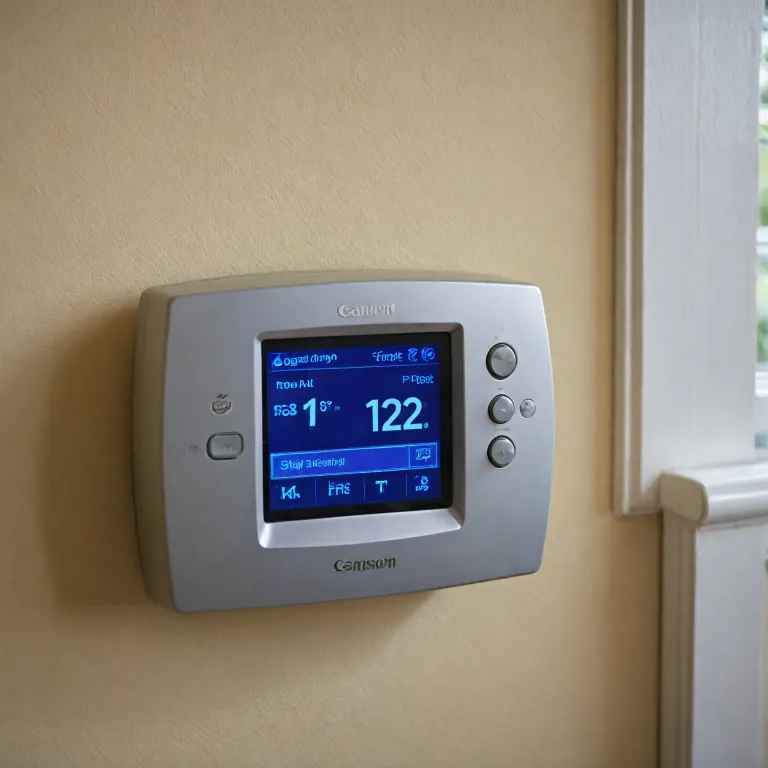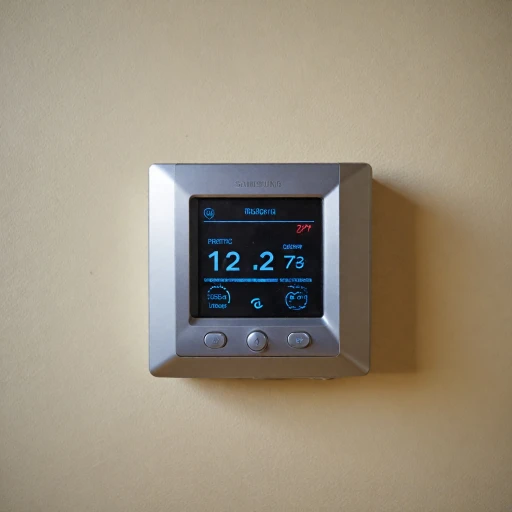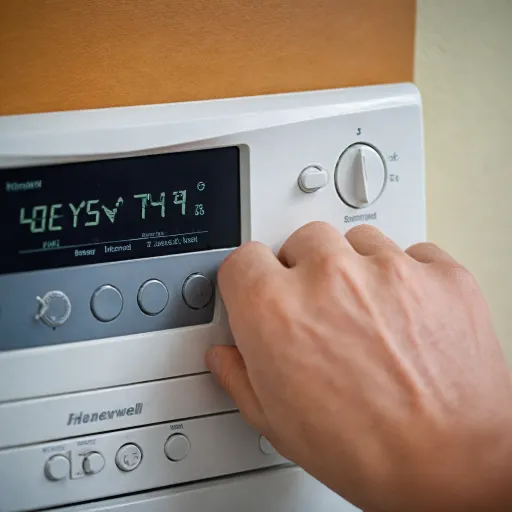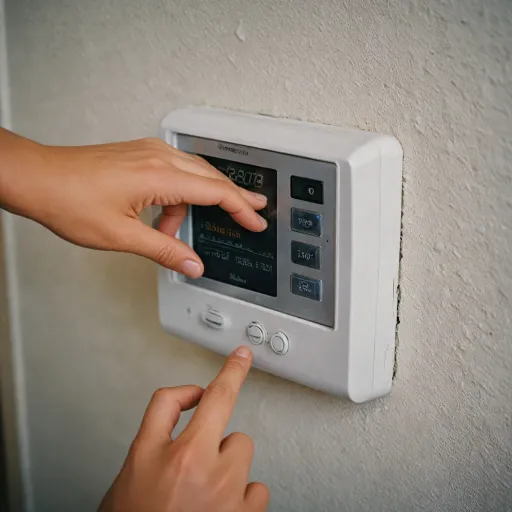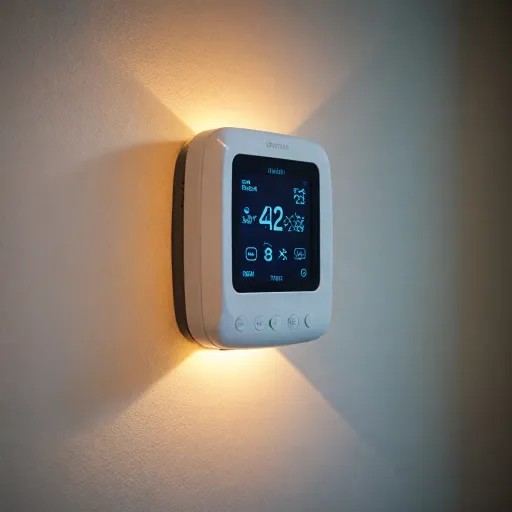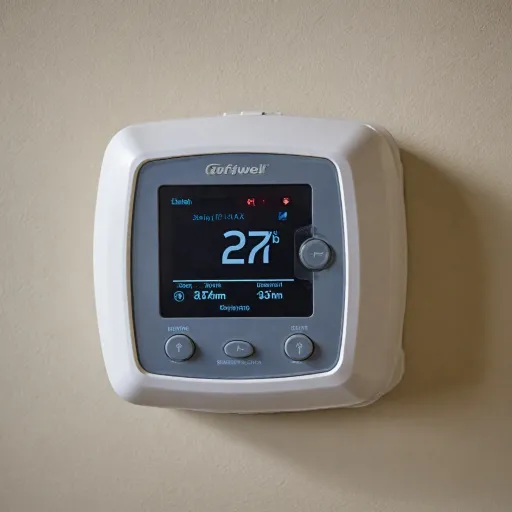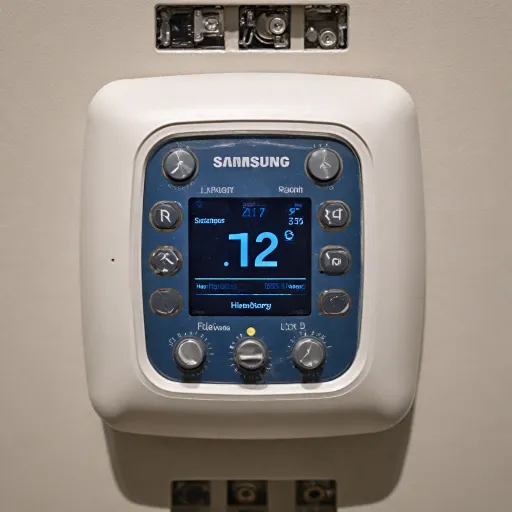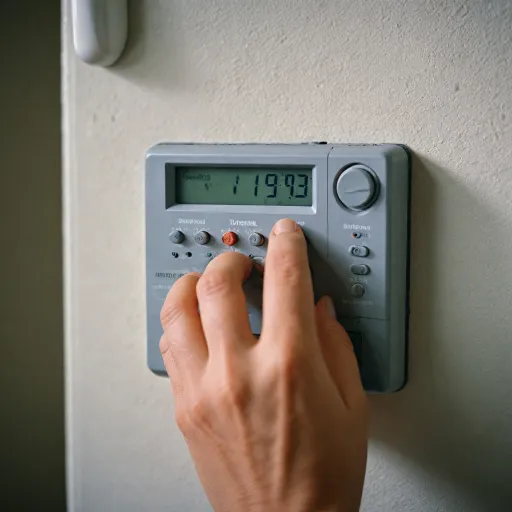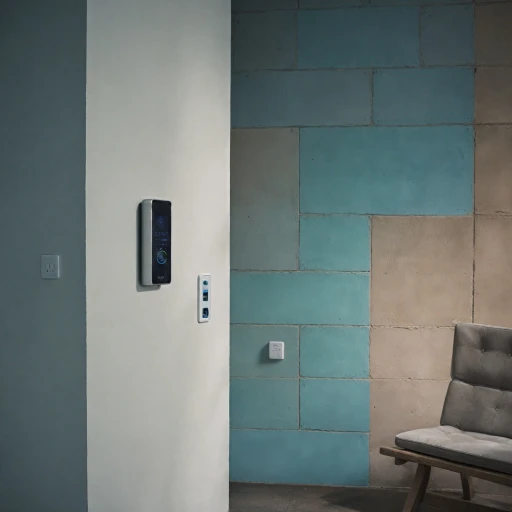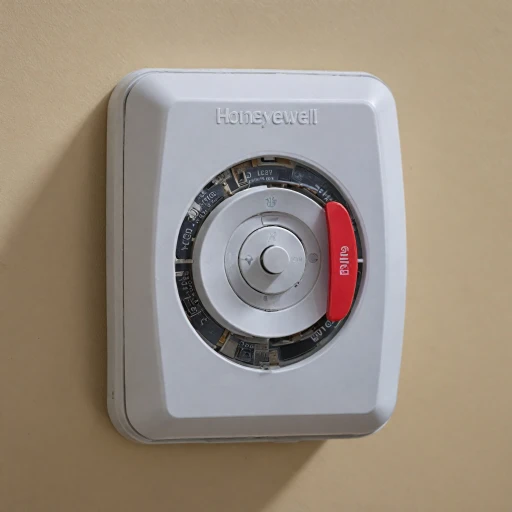
Understanding Honeywell Thermostats
Key Features of Honeywell Thermostats
Honeywell thermostats offer a range of features designed to enhance your home's heating and cooling systems efficiently. Known for their ease of use and reliability, these devices provide comfort by allowing precise control of indoor temperature, crucial for maintaining your desired air quality.Diversified Models for Various Needs
Honeywell thermostats come in various models, catering to different HVAC system requirements and user preferences. Whether you're seeking a basic manual thermostat or a more advanced smart thermostat, there's a Honeywell model that fits your needs. Each series typically includes integrated features aimed at maximizing energy efficiency and operating your heating and cooling system more effectively.The Role of Batteries in Honeywell Thermostats
While some Honeywell models are powered by the HVAC system itself, others require batteries to function properly. Understanding whether your specific thermostat needs batteries is crucial for its operation and maintenance. The battery compartment is usually located on the back or as part of the front panel, where you can easily access it during maintenance.Ensuring Optimal Operation and Comfort
To maintain optimal performance, it is essential to follow the service and replacement guides available for your device. Regularly checking the battery status and replacing them when necessary will ensure consistent temperature control and extend the life of your thermostat. For guidance on replacing batteries, consider referring to this detailed guide.Future-Proofing with Honeywell Thermostats
As technology advances, smart thermostats offer enhanced connectivity and energy efficiency benefits. By upgrading your Honeywell thermostat or using the advanced features of your current model, you can ensure maximum comfort and lower energy costs throughout the year.Battery-Powered vs. Hardwired Thermostats
Understanding Power Sources in Honeywell Thermostats
When it comes to thermostats, especially those from the Honeywell series, understanding the power mechanics is crucial for efficient operation and maintenance. A distinctive factor among Honeywell thermostats is whether they require batteries or are connected directly to the HVAC system, known as hardwired. Battery-powered Honeywell thermostats use batteries as their primary power source, making them independent of the HVAC system for electricity. This independence allows for seamless operation during power outages, ensuring that your home’s heating and cooling preferences are maintained without disruption. Typically, the battery compartment is located at the back or at the base of these models, and accessing it for replacing batteries requires minimal effort. On the other hand, hardwired Honeywell thermostats draw power directly from the HVAC system, eliminating the need for regular battery replacements. However, many of these models still incorporate a battery compartment for battery backup, safeguarding settings and ensuring functionality during power interruptions. Choosing a thermostat based on power needs can impact both service frequency and comfort levels. If frequent manual adjustments are inconvenient, hardwired models might be more suitable. Conversely, those looking for flexibility with less wiring installation might find battery-powered options more fitting. Regardless of your choice, familiarity with your specific Honeywell model is beneficial. Consulting the user manual provides model-specific guidance regarding power sources, whether you need to replace batteries, and how to maintain optimal performance. For further assistance with changing the battery in your Honeywell thermostat, this simple guide may be useful. Maintaining your thermostat is not just about heating or cooling comfort, but also enhancing the air quality in your living environment. As you explore options like smart thermostats, consider how energy-efficient models provide more than just temperature control, by optimizing indoor air quality and maximizing the lifespan of your HVAC system.Identifying Battery Requirements in Honeywell Models
Exploring Battery Needs of Various Honeywell Models
When it comes to understanding the battery requirements of different Honeywell thermostat models, it is essential to dive into the specifics of each model's design. The diversity in Honeywell thermostats means that their battery needs vary based on the model and the series they're part of. Whether your Honeywell thermostat is from the popular Honeywell series or other specific models, knowing how to identify the battery compartment and its requirements is a crucial step. Most Honeywell thermostats that require batteries have a designated battery compartment, often located at the front or back of the unit. Accessing it could be straightforward, with models having snap-on covers or a slide-out design. When checking the battery compartment, note the positive and negative terminals to ensure you insert batteries correctly, which aids in avoiding potential damage to the thermostat. For precise guidance, consider referring to the user manual; this document often provides step-by-step directions tailored to your specific Honeywell thermostat model. It is important to remember that some Honeywell thermostats might not require regular batteries but use backup batteries to maintain the system settings during power outages. Meanwhile, other models might incorporate an HVAC system connection to draw power. This variation in power sourcing emphasizes the importance of being well-versed with your model's power specifications. For individuals using the Honeywell Pro Series or other energy-conserving models, understanding the benefits of integrated room sensors can enhance both heating and cooling efficiency, contributing to overall indoor comfort and air quality. In your regular maintenance routine, evaluating the necessity for battery replacement or service enhances the efficiency and longevity of your heating and cooling system. If issues arise, some basic troubleshooting can resolve minor malfunctions, further extending the thermostat's service life.Replacing Batteries in Honeywell Thermostats
Step-by-Step Guide to Replacing Batteries in Honeywell Thermostats
To ensure your Honeywell thermostat continues to function seamlessly, it is vital to perform regular battery replacements. This not only maintains the device’s heating and cooling efficiency but also helps maintain indoor air quality. Here is a step-by-step guide to replace the batteries in Honeywell thermostats.- Turn Off Your HVAC System: Start by switching off your HVAC system to avoid any potential disruptions during the battery replacement process. This step guarantees safety and a smooth transition when inserting new batteries.
- Access the Battery Compartment: Honeywell thermostats, including the Honeywell series, have a battery compartment usually located at the back. Gently pop open the thermostat housing to access the compartment. Some models might have a more complicated setup, referencing the user manual can be beneficial here.
- Identify Positive and Negative Terminals: Before removing the old batteries, take a moment to observe how they are placed in the battery compartment. Most thermostats require batteries to be inserted with the positive and negative ends aligned as indicated inside the compartment.
- Replace Batteries: Carefully remove the old batteries and dispose of them properly. Insert the new batteries, ensuring the positive and negative ends are correctly positioned as observed earlier.
- Close the Battery Compartment: Once the new batteries are securely placed, close the battery compartment. Ensure that it is locked firmly to prevent any disruptions in the thermostat’s service.
- Turn On the System: After verifying the battery replacement was successful, turn your HVAC system back on. Monitor your thermostat to confirm that it is functioning as expected, maintaining the comfort of your home.
Troubleshooting Common Battery Issues
Troubleshooting Problems with Battery Usage
When dealing with Honeywell thermostats, battery usage might sometimes create issues that affect overall HVAC system performance. Understanding and troubleshooting these common problems can help maintain comfort and efficiency.- Check the Battery Compartment: Ensure the battery compartment is free from corrosion, dust, or any physical damage. Poor contact due to dirt or corrosion can interrupt the heating and cooling functions.
- Incorrect Installation: Make sure the batteries are inserted correctly, matching the positive and negative ends according to the markings within the compartment. Misalignment can prevent power from reaching the thermostat.
- Old Batteries: If thermostat performance is erratic, consider replacing batteries with new ones to ensure optimal operation. Batteries should typically be replaced at least once every year, or as specified in the user manual for specific Honeywell series models.
- Temperature and Service Issues: A sudden change in indoor air comfort or air quality might indicate battery problems. If battery replacement doesn’t solve the issue, further service may be necessary.
- Service Reminder: Some Honeywell thermostats feature service alerts. If these warnings persist after a fresh battery replacement, further service checks or consulting the thermostat manual might be needed.
Maximizing Efficiency with Smart Thermostats
Enhancing Performance with Modern Thermostat Features
For those who have recently explored the varied models of Honeywell thermostats, maximizing efficiency with smart thermostats can notably enhance your comfort. These advanced systems allow you to monitor and control your HVAC system with precision, ensuring optimal heating and cooling.
Utilizing the capabilities of smart thermostats, including connectivity to home networks, can significantly benefit you by:
- Energy Savings: Smart thermostats learn your habits and adjust settings accordingly, conserving energy and potentially lowering your utility bills.
- Convenience and Control: Control your thermostat from anywhere using a compatible device, ensuring your home remains comfortable without unnecessary energy consumption.
- Improved Air Quality: Advanced features like air quality monitoring help maintain optimal indoor air conditions, directly impacting your health and comfort.
Smart thermostats offer resolutions to common issues too. For instance, they can alert you when it's time to replace the batteries in your Honeywell thermostat, ensuring uninterrupted service. Moreover, understanding the battery compartment setup, including the polarity alignment (positive/negative), is crucial for accurate replacement and maintaining the efficiency of these systems.
If you're transitioning from traditional to smart systems, it's recommended to familiarize yourself with the user manual provided alongside these thermostats. The guidelines there often extend beyond basic thermostat functions, covering routine maintenance and effective troubleshooting steps should any issues arise with the heating or cooling systems.
The impact of investing in a smart Honeywell series thermostat can last throughout the year, optimizing comfort and efficiency in your home. Moreover, aligning regular check-ups of the battery replacement and air system evaluation ensures a well-functioning unit that supports your living space.
